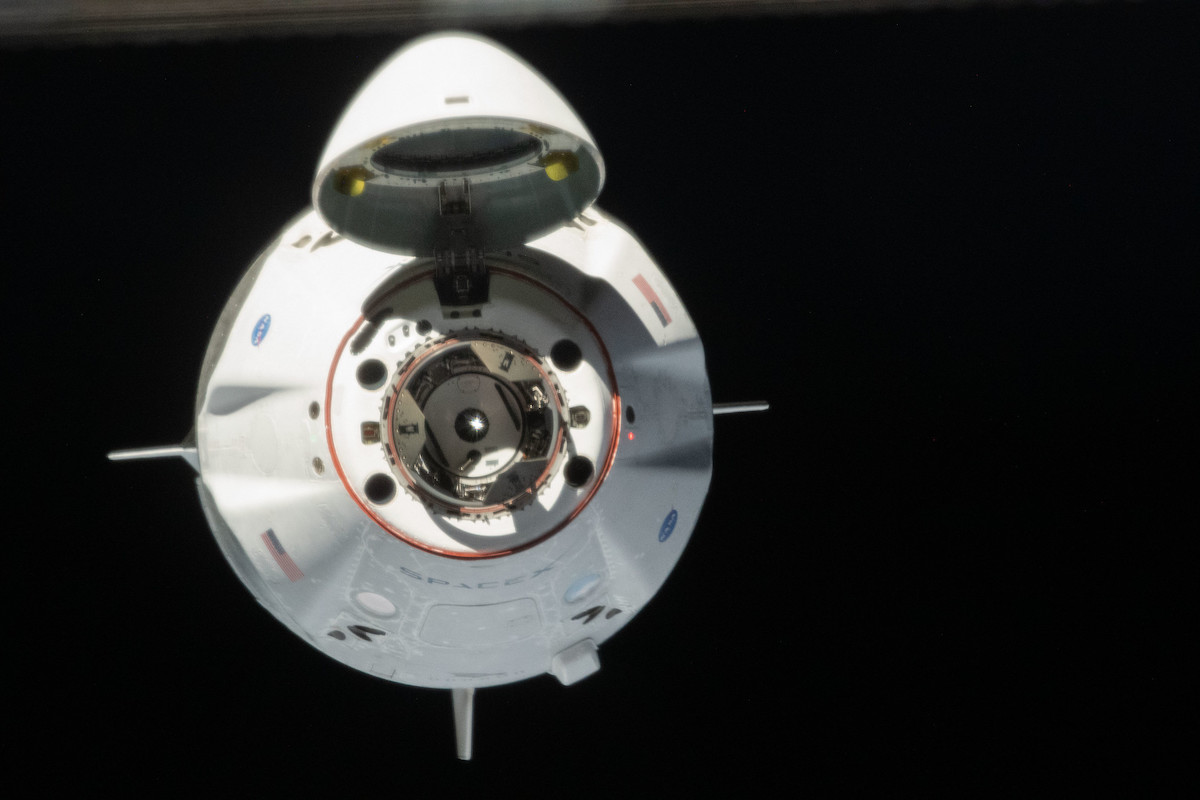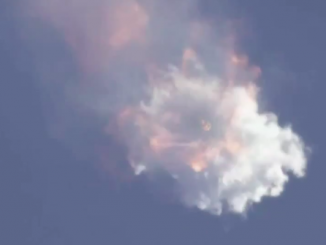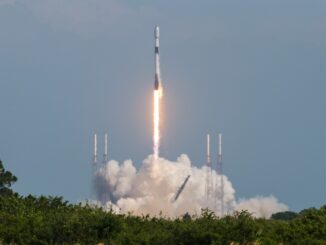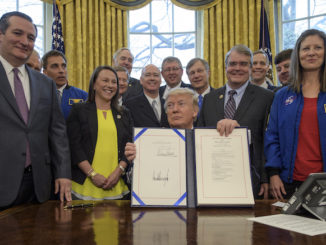STORY WRITTEN FOR CBS NEWS & USED WITH PERMISSION

Space station commander Chris Cassidy and Robert Behnken plan to float outside Friday for the first of up to four spacewalks needed to complete the replacement of aging batteries in the lab’s solar power system. NASA managers hope to get the work done in time for Behnken and crewmate Douglas Hurley to return to Earth aboard their Crew Dragon capsule by around Aug. 2, officials said Wednesday.
When the SpaceX capsule blasted off atop a SpaceX Falcon 9 rocket May 30, NASA managers had not specified a return date. But flight controllers now are “looking at landing in the early August timeframe,” Steve Stich, manager of NASA’s Commercial Crew Program, told reporters during a spacewalk preview teleconference.
“The earliest would be around the 2nd of August,” he added. “We’re working those opportunities with the space station program.”
An early August splashdown for the SpaceX capsule would give engineers time to thoroughly evaluate the spacecraft’s first piloted test flight, known as Demo 2, before clearing the decks for an operational, full-duration mission with four astronauts in the mid-September timeframe. That flight is known as the Crew-1 mission.
“Right now, we think we need about six weeks of time to review all the data from the landing and the undocking, and then go through the review process to get to the Crew One launch,” Stich said. “So there’s kind of a six-week iron bar, if you will, between the Demo-2 landing and the Crew-1 launch, and that’s going to be a factor as we look at launch dates later on for Crew-1.”
Since docking at the space station the day after launch, the Crew Dragon has spent most of its time powered down in a sort of electronic hibernation. But flight controllers wake it up every Wednesday to collect engineering data and evaluate its performance. So far, 25 days into its mission, the capsule is performing in near flawless fashion.
One question mark going into the flight was how the spacecraft’s solar cells might be affected by atomic oxygen in the space environment. Engineers expected their performance to degrade over time but as it turns out, the system has been performing above pre-flight predictions.
“The vehicle is doing extremely well,” Stich said. “We’re learning a lot about the vehicle. Nothing that’s of any concern, learning how to manage the systems, the heaters and thermal performance as we go through the changes in the orbit. Also, we’ve been watching the power generation (and) Dragon’s generating more power than we expected.”
Hurley and Behnken will end their mission with NASA’s first ocean splashdown since the Apollo-Soyuz mission in 1975. Going into the flight, NASA was focused on landing zones off Cape Canaveral or Jacksonville with a backup site in the Gulf of Mexico near Pensacola.
Stich said mission managers now are evaluating additional sites off Panama City, Tallahassee, Tampa and Daytona Beach to provide more options in the event of stormy tropical weather.
The Crew Dragon carries enough on-board supplies for about three days of flight after leaving the space station. Stich said depending on when the ship actually departs and which landing site is selected, the trip home could be as short as six hours or could stretch to a full day or even longer.

“It looks like the first opportunity to undock and come home would be around Aug. 2,” Stich said. “We’ll just have to sort of see how the EVAs go.”
The space station’s four huge solar wings feed power into eight electrical channels, originally relying on 48 nickel-hydrogen batteries, six per power channel, to supply electricity when the station is not in direct sunlight.
In a multi-year project, spacewalking astronauts have replaced 36 of the 48 older batteries, installing 18 smaller and more efficient lithium-ion powerpacks and circuit-completing adapter plates in their place.
Behnken and Cassidy, who launched to the station April 9 aboard a Russian Soyuz spacecraft, plan two spacewalks, one Friday and the second next Wednesday, to install three of the final six new batteries and adapter plates in power channel 1B and to store the six batteries they will replace. Two more EVAs will be needed to install the final three batteries in channel 3B.



